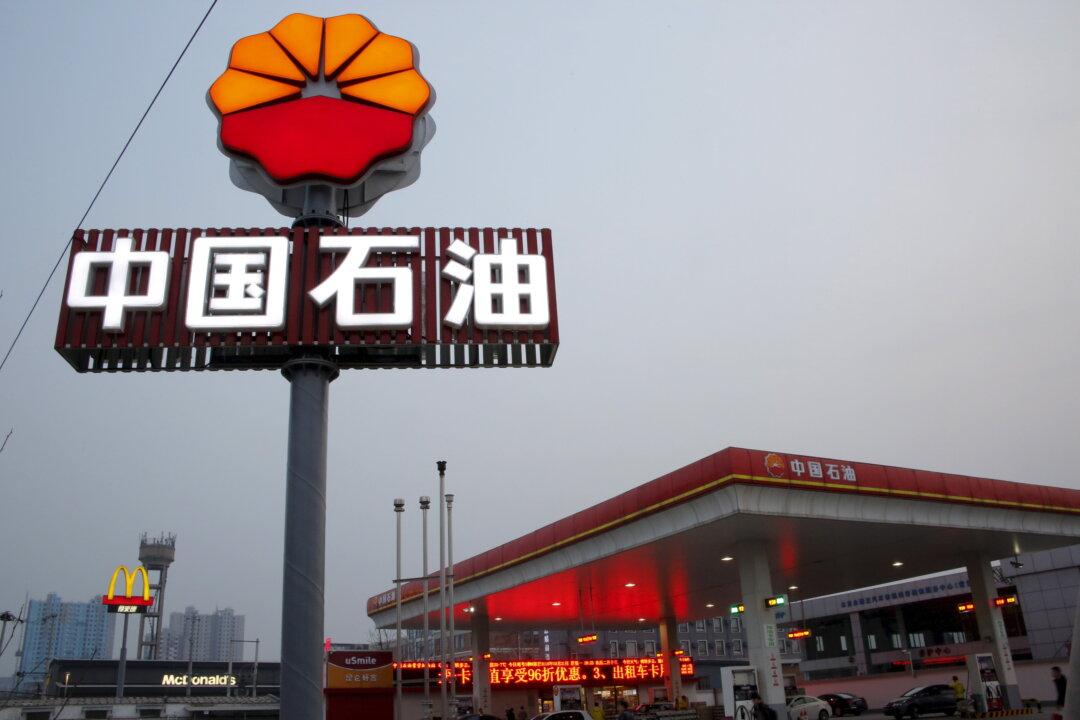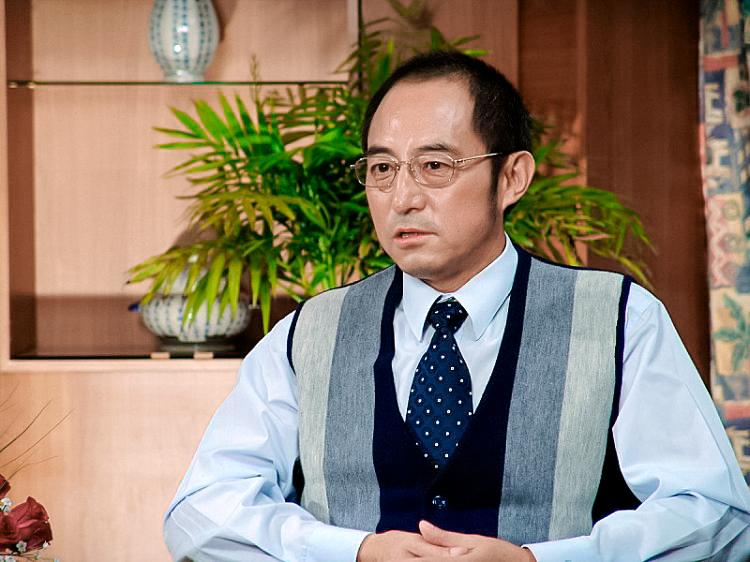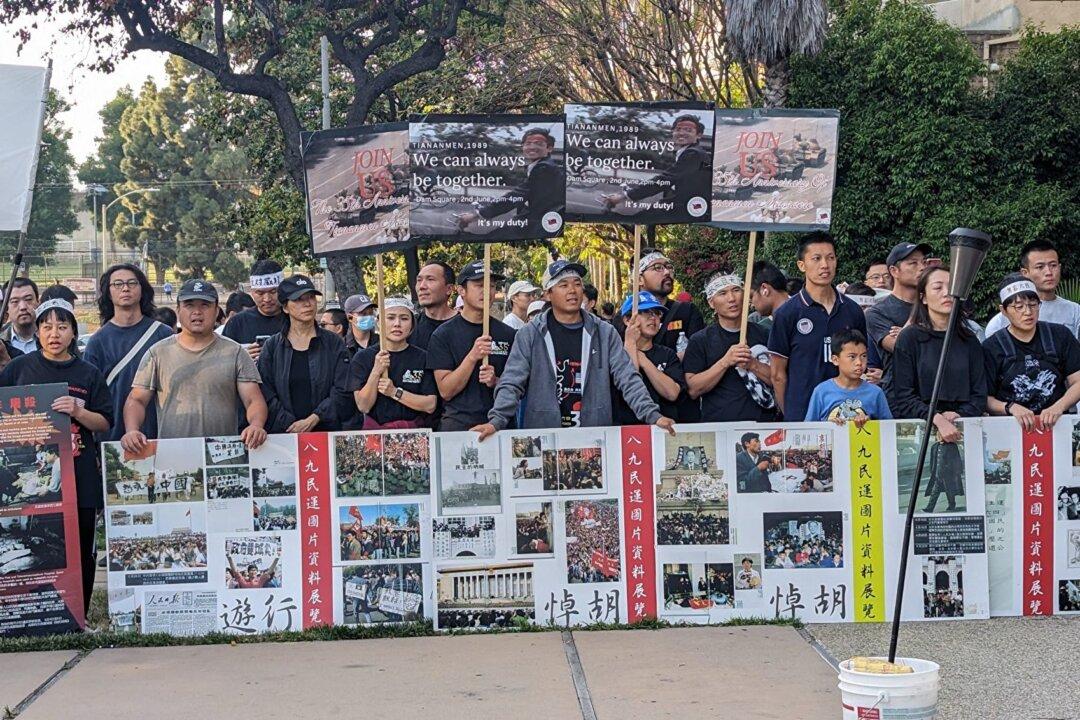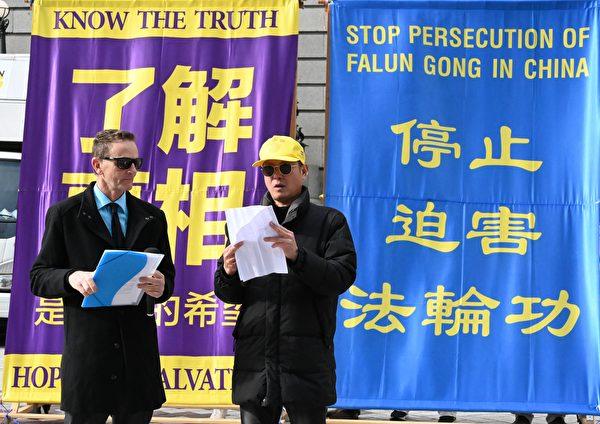News Analysis
China announced its fifth price adjustment this year for retail gas effective Monday. The increased retail price will lead to the average Chinese paying for gas as high as California’s most expensive gas price. A former Chinese utility company employee revealed that at least half of the gas price goes to taxes.




